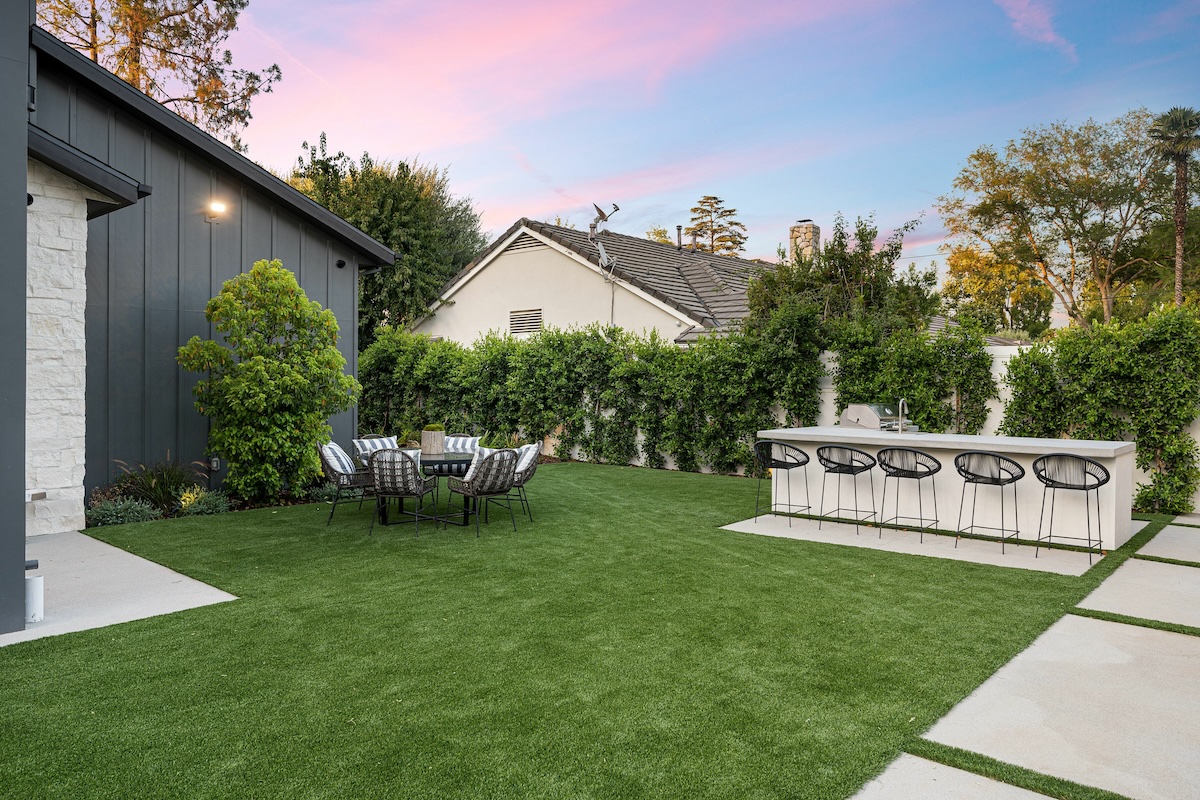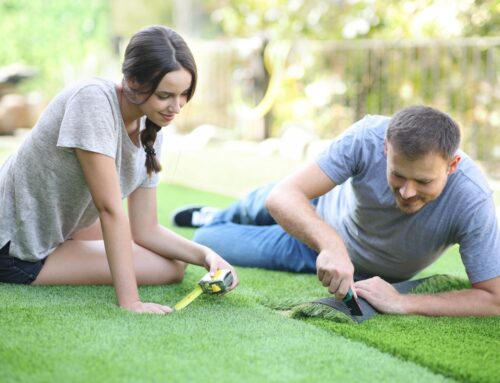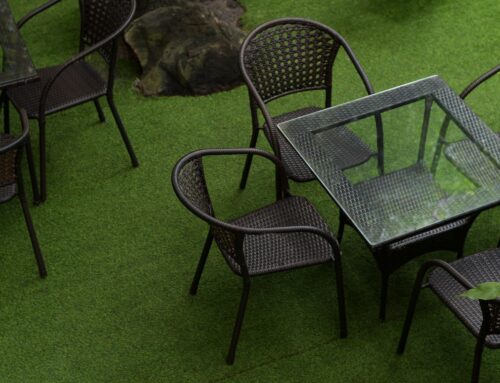Last Updated on May 2, 2025 by ReTurf
As sustainable construction becomes a leading standard across residential and commercial development, builders and property owners are turning to practical, low-impact solutions that meet environmental goals without sacrificing quality. One such solution is the use of 100% recyclable artificial turf; this material offers both functional and environmental value and can contribute directly to green building certifications such as LEED or WELL.
Supporting Sustainability Through Smart Materials
Green building certification programs reward the use of materials that reduce waste, lower emissions, and limit the demand for new resource extraction. Artificial turf that is fully recyclable supports these goals in several ways. One of the main ones is that it eliminates the need for irrigation, fertilizers, or pesticides. Unlike traditional landscaping that requires ongoing inputs and often involves carbon-heavy production methods, high-quality synthetic turf provides a long-term surface with minimal upkeep.
Also, because it can be repurposed after use, it keeps thousands of square feet of synthetic material out of landfills. In the near future, recycling processes will be fully developed that can then take this same material and truly recycle it into new products further reducing the overall waste footprint that has plagued traditional artificial turf materials since their inception.
Used turf for Upcycling
Another option that is not always a recyclable product, but fits the bill for those on a budget and looking for their project to be “green” is used turf. We provide direct-to-consumer access to used artificial turf that we recover from stadiums and sports facilities nationwide. This turf was originally engineered for high-performance sports applications, making it a durable and reliable surface for secondary use.
When the turf used is recovered from existing fields, the environmental benefit is amplified. This reuse cuts down on manufacturing demand and redirects materials that still have years of life left in them.
We offer two main grades:
-
Basic Turf is typically 10 to 12 years old and has been used in full-capacity sports fields. While it shows more signs of wear, it remains effective for many landscaping or erosion control applications.
-
Premium Turf includes lightly used turf or turf featuring special design elements such as a built-in thatch or root zone layer. These features enhance cushioning, support, and realism, making it an ideal choice for residential, commercial, or recreational installations.
Both grades are suitable for projects aiming to incorporate reclaimed materials into their construction scope, while reducing waste in landfills.

Earning Credits for Green Building Certification
Using recycled turf can help contribute points toward multiple green certification programs. For example:
-
LEED (Leadership in Energy and Environmental Design) may award credits under categories such as Materials and Resources, Sustainable Sites, and Water Efficiency.
-
WELL Building Standard focuses on health and sustainability and may support the use of low-maintenance, non-toxic exterior ground coverings.
-
SITES Certification encourages the use of reused or salvaged materials in landscape design, which reclaimed turf can satisfy.
By documenting the source, age, and recyclability of your turf, you can help support your project’s certification package with clearly traceable sustainable material usage.
Real-World Applications
Recycled turf has already proven successful in a wide range of settings. Homeowners are using it to eliminate muddy backyard spots or high-traffic areas near patios. Businesses are installing it around office parks to improve curb appeal without increasing maintenance budgets. Schools, dog parks, and municipal projects are benefiting from an affordable, environmentally responsible alternative to new turf or sod.
The Right Step for Long-Term Impact
Choosing recyclable turf is a simple but effective decision that reduces waste, conserves resources, and supports the larger goals of sustainable development. When you opt for reclaimed turf, you are not only saving money but also contributing to a cycle of reuse that keeps useful materials in circulation longer.
If your next project involves green building certification or if you are simply looking to make a more environmentally sound choice, consider integrating 100% recyclable turf into your plans. Reach out to learn more about our available inventory, material specs, and how ReTURF can help support your sustainability goals.



